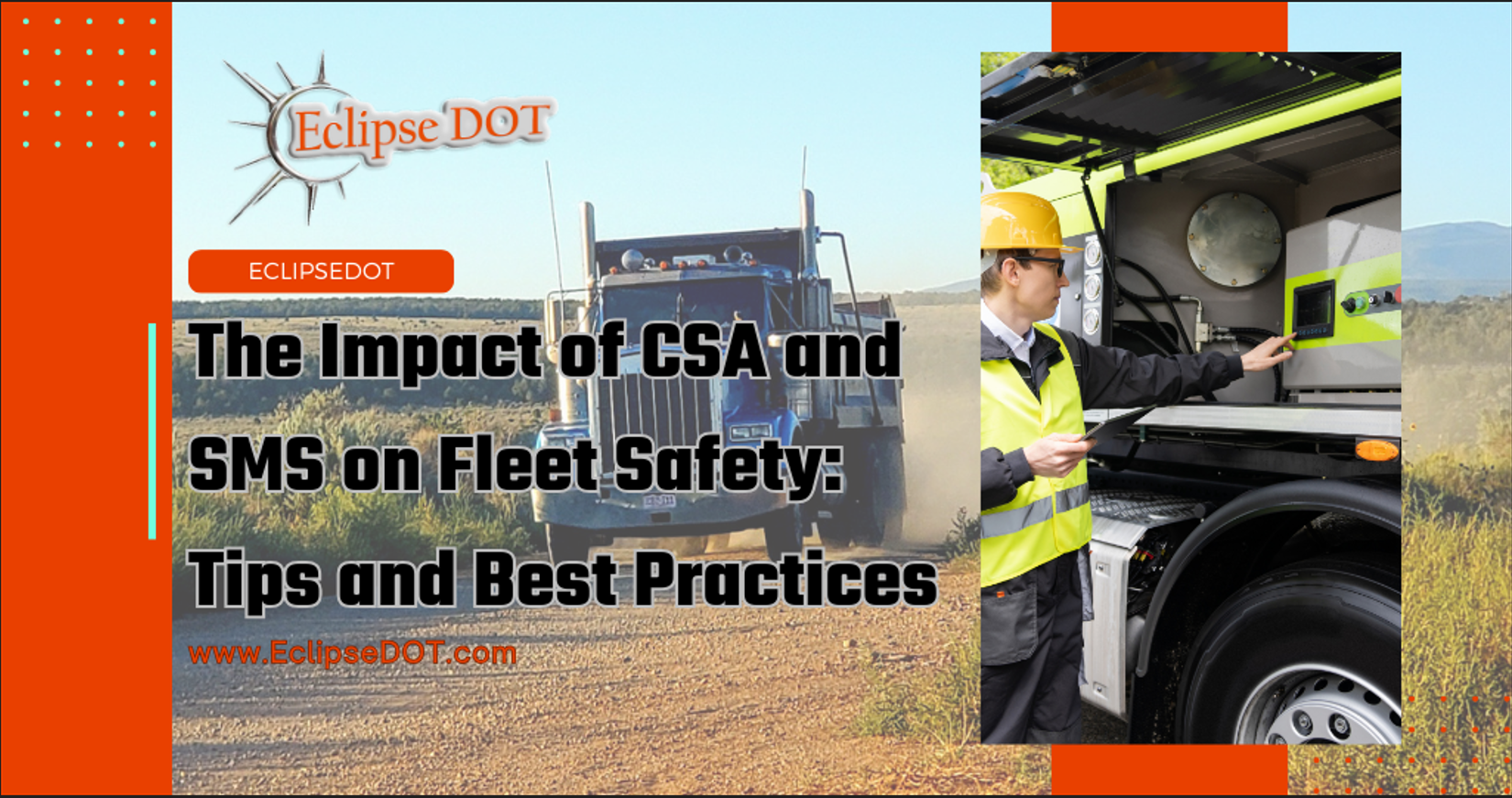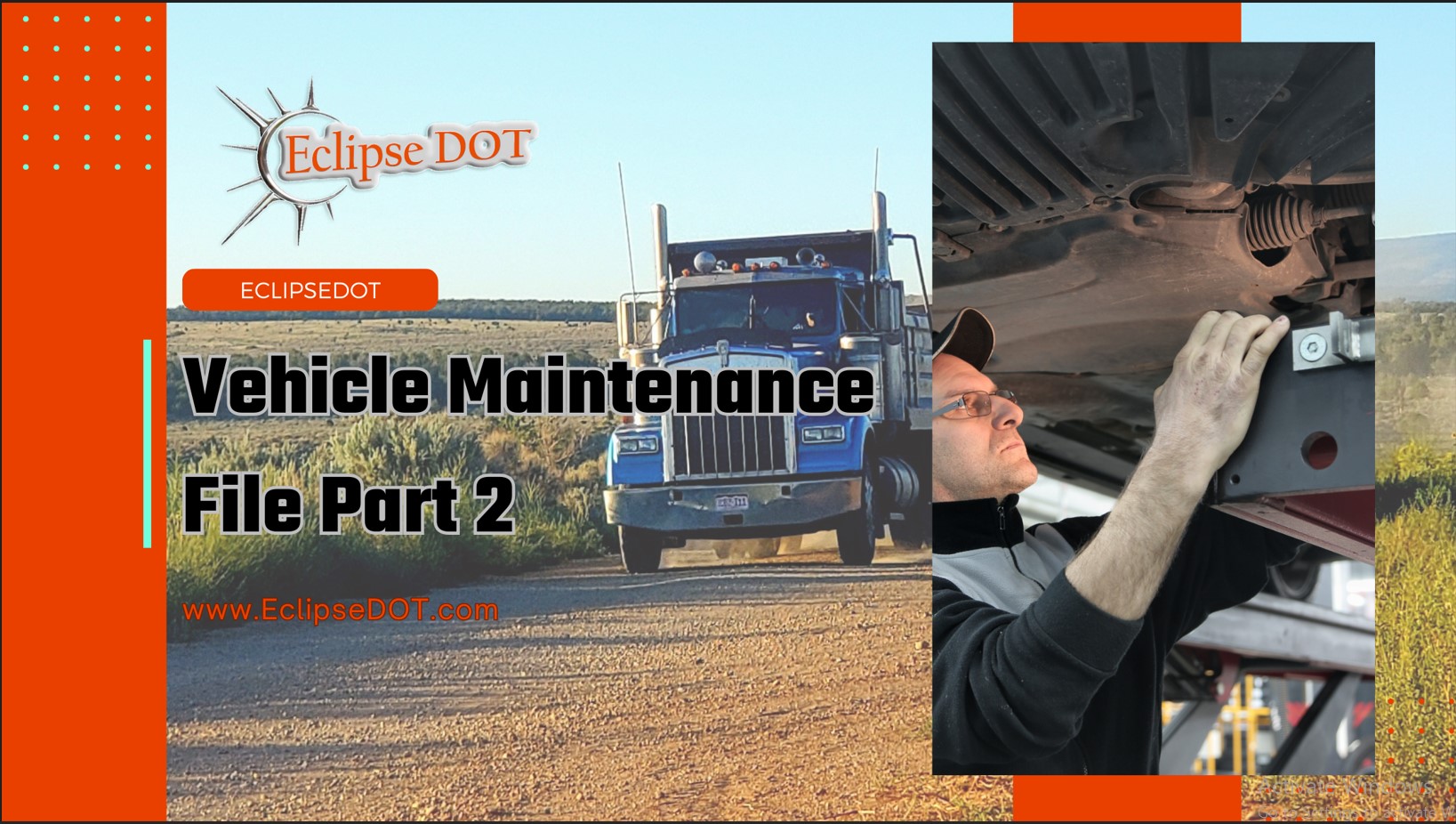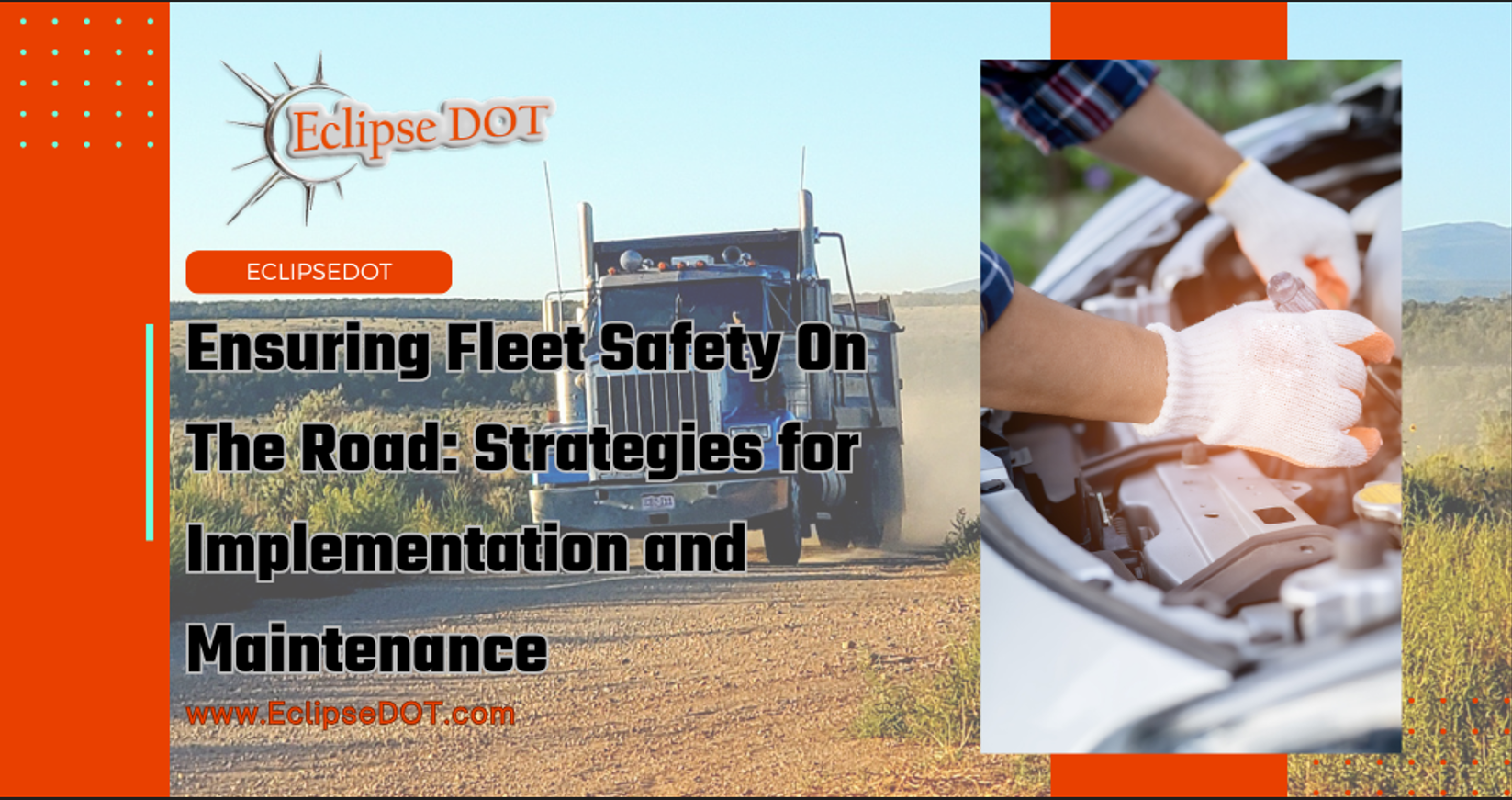Origin Story, Part 2
Every man may believe he can go solo, yet a true man understands the irreplaceable value of support, encouragement, and having a reliable pit crew.
Tim Allen
Part 2
A brief recap of part one:
Since childhood, my love for trucks has led me to join the local volunteer fire department solely for the thrill of riding in them. I obtained my CDL at 18, initiating a lifelong quest to distance myself from trucks. In the previous installment, I had just become a licensed CDL tester for the state of Colorado.
Now, back to the story!
Shortly after, three companies were actively pursuing me, calling weekly to gauge my interest in joining them. Opting for a rapidly growing company, I saw the potential for leadership advancement. Tasked with creating and ensuring the success of a CDL training program, I set ambitious goals: within the first year, two trucks and three instructors.
Despite skepticism from the owner about launching the program, I was determined to make it happen, even though I had no prior experience in marketing or similar endeavors. Until then, I had only been a truck driver and equipment operator.
Nevertheless, within six months of initiating the first training course, I not only hired additional trainers and acquired another truck and trailer but also established strong relationships with local companies. They began reaching out to me for potential “good” drivers whenever they had job openings.
Our team maintained an impeccable record.
Then, the company faced a DOT audit. Two officers meticulously combed through every aspect of the company, scrutinizing it for any DOT-related issues.
After the audit concluded, it revealed significant issues within the company, with an alarmingly low compliance rate. The auditors, upon leaving, informed everyone present that they would return within the year to ensure the company was making swift progress toward achieving compliance.
Following this announcement, the company owner approached me, asking if I would take on a new responsibility. He wanted me to ensure the company achieved compliance before the auditors returned.
Facing uncertainty, I contemplated the magnitude of the task. Accepting it meant investing a considerable amount of time, starting from scratch. The company had no driver files, minimal DOT program infrastructure, and lacked a storage system for any DOT-related documentation.
Creating an entire DOT program from the ground up was well beyond my comfort zone. Seeking guidance, I prayed for direction.
An old friend delivered a message from the good Lord, encouraging me to give it a try and assuring me that failure wouldn’t make the situation worse.
Embracing the challenge, I accepted the position and immediately got to work.
The leadership’s directive was clear: “Dan, we need this fixed ASAP, and do it as cheaply as possible.”
To begin, I revisited the audit findings to identify the specific issues highlighted by the officers. I then compiled a comprehensive punch list outlining every action needed to address those issues.
Upon uncovering those issues, I embarked on a journey to acquire in-depth knowledge about DOT regulations. I initiated my learning process by delving into numerous free webinars, absorbing a wealth of information.
To further enhance my understanding, I invested in paid courses, expanding my expertise in DOT compliance. I initially developed a driver application that adhered to FMCSA standards. Subsequently, I collaborated with the field to facilitate the completion of this application by drivers.
However, to proceed with this initiative, I recognized the importance of garnering support from the HR department. Consequently, I engaged in frequent meetings with HR, even going the extra mile by treating them to coffee and breakfast at least once a week. Over time, our discussions evolved from purely business-related matters to more personal and meaningful conversations.
Unbeknownst to me at the time, I was honing my networking skills, a crucial asset in the DOT industry.
Securing access to files through HR, I delved into the data extraction process, meticulously creating a driver profile for each individual within our expansive company. The challenge was magnified by the fact that the concept of a DOT driver wasn’t widely understood, operating in over 18 states with a workforce exceeding 1800 employees and a fleet of around 750 drivers.
Consequently, a larger hurdle emerged—educating every supervisor, driver, and laborer. It became imperative for every individual in the company to grasp the essence of a DOT driver, empowering them to make informed decisions when assigning tasks involving specific vehicles.
We will reveal more details later.
The deeper I delved into the intricacies of DOT regulations, the more enhancements I introduced to the evolving DOT system. I redefined the file labeling, document categorization, and tracking mechanisms, constantly adapting and refining based on trial and error. Whenever an approach proved ineffective, I promptly made adjustments for improvement. I promptly incorporated any successful practices employed by others into our evolving system, even if it required additional effort on my part.
Within a remarkably short span of three months (though it felt more like six, given the extensive hours invested), the company underwent a transformative journey. After receiving a warning letter from the FMCSA threatening to revoke our operating authority unless DOT scores improved, we swiftly catapulted to a commendable 98% compliance rate.
I tirelessly crafted and refined the program within the confines of the office throughout this period. I engaged in numerous calls to DOT enforcement officers across the country, seeking insights and clarifications. I discovered that by reaching out to different officers in our operational areas, they displayed a remarkable willingness to assist us in regaining compliance and heading in the right direction.
When these officers encountered our drivers in the field, they frequently discussed our company, often referencing my name. This served as a reassurance to the drivers, informing them of my ongoing communication with enforcement to enhance their on-road experiences.
This phase not only expanded my network further, both within and outside the company, but also had an unanticipated impact. The officers, perhaps unknowingly, were lending credibility to my communications within the company, attributing weight to the information I shared or distributed.
Our next focus was on reshaping the company culture. When I first took on my role, the prevailing culture revolved around a “get it done” mindset. Recognizing the need for a shift, I aimed to pivot the culture towards a more empowering perspective: “We can move mountains if we do it right.”
Embarking on a journey across various company locations, I engaged in conversations with both drivers and leadership to understand their challenges. Quickly, I grasped a few crucial lessons. First and foremost, always communicate with people, not down to them. Speaking condescendingly immediately disengages individuals, necessitating a tenfold effort to regain their attention.
Additionally, focusing discussions on them proved paramount. Every conversation commenced with inquiries about their personal experiences, such as when they joined the company, and delving into aspects of their personal lives, such as marital status, children, and their background.
Lastly, when you notice their eyes beginning to glaze over, it’s time to redirect the conversation back to them, ensuring they re-engage.
Returning to the narrative, my efforts to expand my network within the company persisted.
Fast forward three years, and our company underwent acquisition by another construction firm in the oilfield—a somewhat intimidating prospect. The new company dispatched their DOT manager, Tamisha, to assess our program. Tamisha proved to be fantastic. We thoroughly reviewed our DOT program, discussing every aspect.
However, as she left, doubt once again plagued my mind. The acquiring company already boasted a team of three DOT professionals handling a larger fleet of drivers than I was managing. Would they have any use for me? What were Tamisha’s impressions of the modest DOT program I had crafted? Why would they consider bringing me onto their team?
After completing the acquisition, they essentially left me undisturbed. They did not make any requests for changes, which triggered a fresh wave of doubt in my mind. I am excited to bring you Part 3 soon. Stay tuned!
Explore more on leadership and personal growth. Don’t miss our article on ‘MY ORIGIN STORY (PART 2)’ Stay tuned for more practical insights and advice!”
Take your leadership skills to new heights with personalized coaching. Discover tailored guidance at RealDanGreer.com.
Ready to explore more about this topic? Click here to dive deeper at eclipsedot.com/articles and drive your knowledge to new heights!





